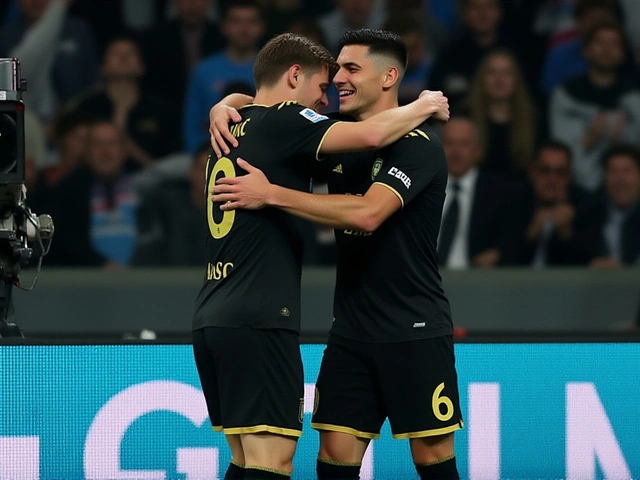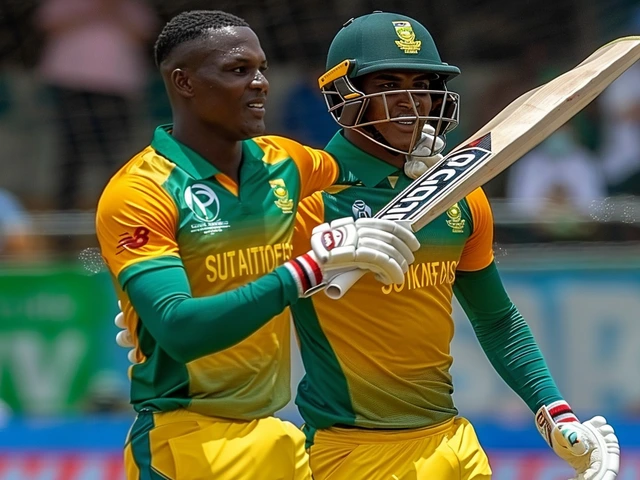Tennis Semifinals: What Really Decides the Match
Semifinals are where tournaments shift from bright hopes to real pressure. One serve, one break, one mental slip can flip everything. If you want to actually understand what’s likely to happen, focus on a handful of clear factors: serve quality, return strength, physical fitness, and who handles tense moments better.
Take Wimbledon 2025 as an example. Iga Świątek’s crushing wins showed how dominance on serve and return can end matches before they become close. On the other hand, younger players like Mirra Andreeva broke into the top five by staying aggressive and taking chances in high-pressure quarters and semis. Those two trends—consistent defence and timely aggression—often meet in semifinals.
What to watch during a semifinal
Watch the first five games closely. The opening games tell you who’s nervous and who’s imposing their game. Pay attention to these details: 1) First-serve percentage — a player hitting above 65% gets easier points. 2) Return depth — returns that land short let the server control rallies. 3) Court positioning — are players stepping in or staying back? 4) Tiebreak ability — some players crumble, others thrive under the mini-set rules.
Also watch movement and breathing between points. Short steps, shallow recovery, or loud sighs can reveal fatigue. In best-of-five matches, pace management matters: some players push hard early, others conserve energy for later. Semifinals often reward the smart pacing more than pure power.
Fan tips: how to follow and enjoy the semis
If you’re watching live, check local start times and time zones. Semifinals can run long, so avoid scheduling tight plans right after the match. Streaming services vary by country — sometimes matches move from a national broadcaster to a paid platform. For real-time insight, follow player X’s and tournament accounts on social media for injury updates and court conditions.
Betting tip: don’t chase highlight reels. Look at recent form on the same surface, head-to-head records, and matches won in three or five sets in the last month. If a player showed trouble closing out sets, expect that to matter in a semifinal pressure test.
At the ground level, get to the arena early to catch warm-ups and practice serves. Those sessions show rhythm and how the player feels about the court that day. If you can, sit near the baseline for better reaction shots and to hear the subtle clicks and grunts that tell a story TV sometimes misses.
Semifinals are tense but often the best tennis of the tournament. Focus on serve, return, movement, and mental control, and you’ll spot the moment that makes the match. Enjoy the ride—those matches decide history.
Carlos Alcaraz has named Jannik Sinner as the 'best player in the world' in anticipation of their upcoming semifinal match at the French Open 2024. Sinner, who recently won the Australian Open, aims for consecutive Grand Slam titles, while Alcaraz is the defending Wimbledon champion. Their head-to-head record stands at 4-4, making this encounter highly anticipated.
Recent-posts
Jun, 24 2024






